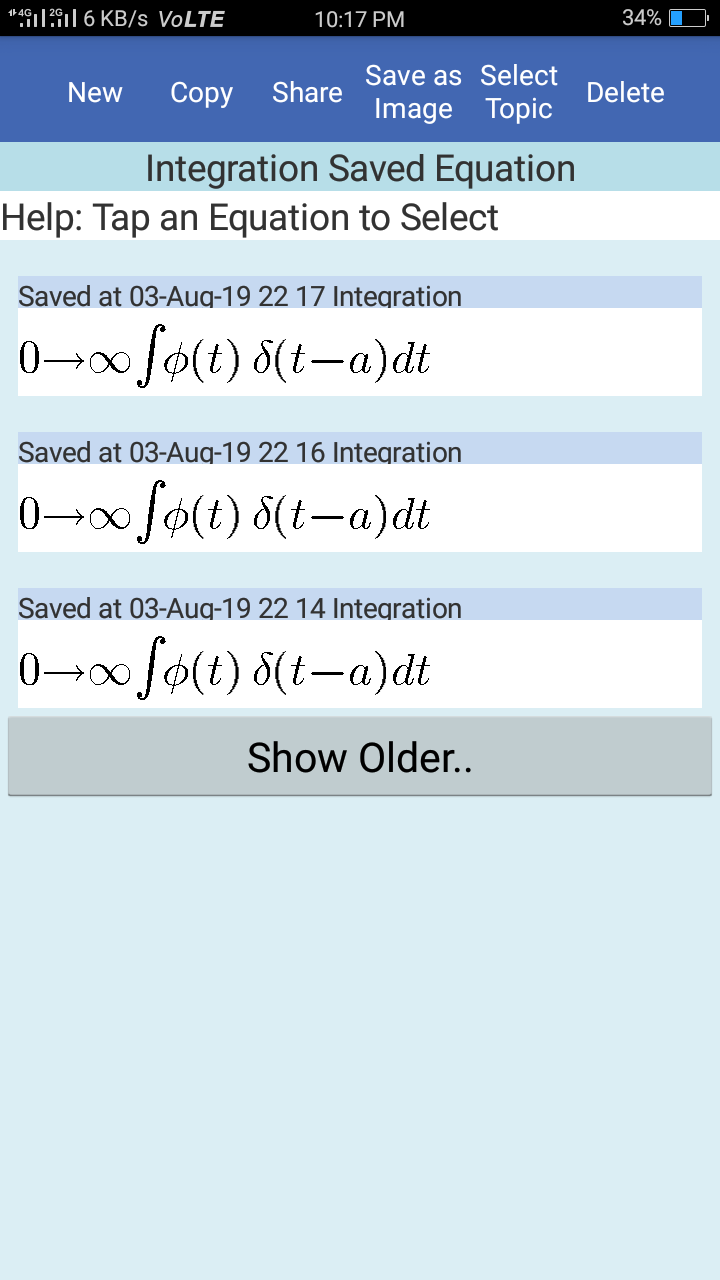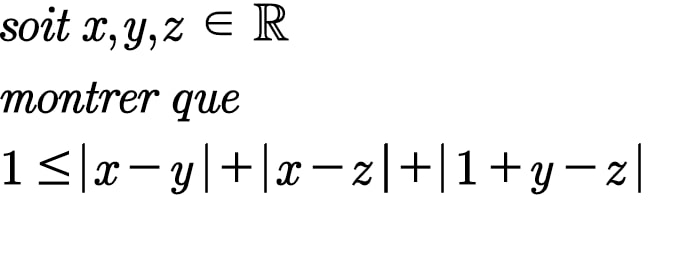
AllQuestion and Answers: Page 1458
Question Number 65825 Answers: 0 Comments: 0
Question Number 65805 Answers: 2 Comments: 1
Question Number 65797 Answers: 1 Comments: 0
Question Number 65788 Answers: 0 Comments: 0
Question Number 65786 Answers: 0 Comments: 0
Question Number 65782 Answers: 0 Comments: 4
Question Number 65781 Answers: 1 Comments: 0
Question Number 65779 Answers: 0 Comments: 1
Question Number 65778 Answers: 0 Comments: 1
Question Number 65777 Answers: 0 Comments: 0
Question Number 65776 Answers: 0 Comments: 1
Question Number 65775 Answers: 0 Comments: 1
Question Number 65774 Answers: 0 Comments: 0
Question Number 65773 Answers: 0 Comments: 2
Question Number 65771 Answers: 0 Comments: 0
Question Number 65770 Answers: 0 Comments: 2
Question Number 65769 Answers: 0 Comments: 3
Question Number 65768 Answers: 0 Comments: 1
Question Number 65767 Answers: 0 Comments: 0
Question Number 65763 Answers: 0 Comments: 0

Question Number 65753 Answers: 1 Comments: 0

Question Number 65760 Answers: 1 Comments: 2
Question Number 65749 Answers: 1 Comments: 0

Question Number 65745 Answers: 0 Comments: 1

Question Number 65743 Answers: 0 Comments: 1

Question Number 65740 Answers: 0 Comments: 1

Pg 1453 Pg 1454 Pg 1455 Pg 1456 Pg 1457 Pg 1458 Pg 1459 Pg 1460 Pg 1461 Pg 1462
